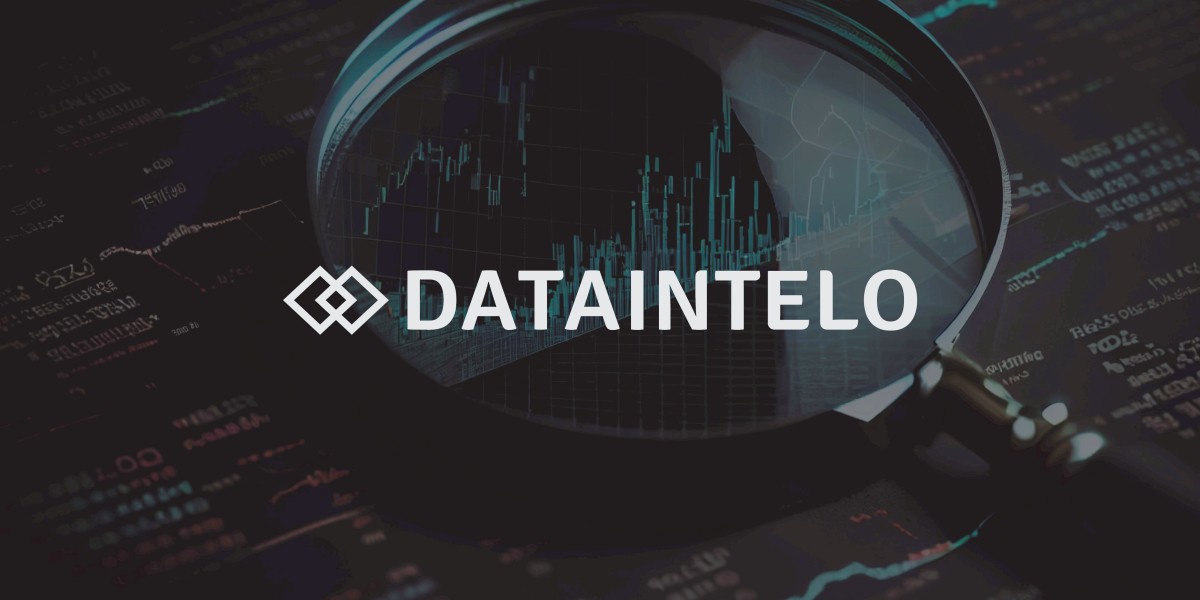In most poker games, a table is just a table. But in Governor of Poker 3 (GoP3), each map location offers a unique atmosphere, player behavior, and even implied level of competitiveness—making your choice of table more strategic than you might think. What seems like just a design feature actually influences how you should play.
So how does the map system in GoP3 affect your game, and how can you adjust your strategy based on where you play?
1. Stakes and Skill Level Vary by Location
Each city or map area in GoP3 is unlocked as you level up, and with them come different buy-in ranges and player pools. For example, San Saba is where many beginners start, and tables here tend to be more relaxed with looser play. On the other hand, tables in El Paso or Amarillo feature higher stakes and attract players who understand betting dynamics better.
Knowing this, your strategy should evolve:
In beginner areas, tight-aggressive play works well—waiting for strong hands and punishing overly aggressive players.
In advanced cities, you’ll need to mix up your range, bluff selectively, and pay closer attention to patterns in betting behavior.
2. Table Vibes Influence Player Behavior
Beyond skill level, different locations in GoP3 have their own “vibe.” Some tables feel fast-paced, others more cautious. While this may sound subjective, player psychology plays a huge role in poker. For instance, crowded party-like tables often lead to looser calls and bigger pots, while sleek, high-stakes environments tend to intimidate casual players into folding more often.
Pay attention to how players behave in different settings. Do they call light? Bluff too often? Fold under pressure? Matching your strategy to these trends gives you an instant edge.
3. Events and Bonuses Affect Aggression
During limited-time events, GoP3 often boosts rewards for specific cities or game types. This changes player motivations. When an event is active in a particular location, you’ll likely encounter more aggressive players chasing rewards. If you’re not careful, you could get caught in the chaos.
In these moments, consider switching to a more defensive or counter-aggressive strategy, letting other players overcommit while you wait for the right moment to strike.
4. Chip Management Based on Map Progression
As you unlock higher-tier maps, the buy-ins increase significantly. Smart players don’t just jump into the highest table available—they scale up based on their current bankroll. For example, playing a $1M buy-in table with only $2M in chips is risky. Following proper bankroll management, such as keeping 10–20 buy-ins available, ensures you don’t go bust after a couple of bad beats.
Using lower-stakes tables in earlier cities to rebuild your stack is often smarter than chasing quick wins in elite rooms.
5. Location as a Long-Term Growth Path
GoP3’s map system isn’t just aesthetic—it’s a progression roadmap. Each city you unlock represents a milestone in your poker journey. As you conquer each location, you’re not just collecting badges—you’re building skill, bankroll, and reputation in the community.
In short, every map in GoP3 has a story—and learning how to read that story helps you craft the right strategy. It’s a subtle system, but one that rewards observant and adaptable players.
Need chips to keep moving up the map? Visit mmowow now to gop3 buy chips and unlock your next poker destination!








